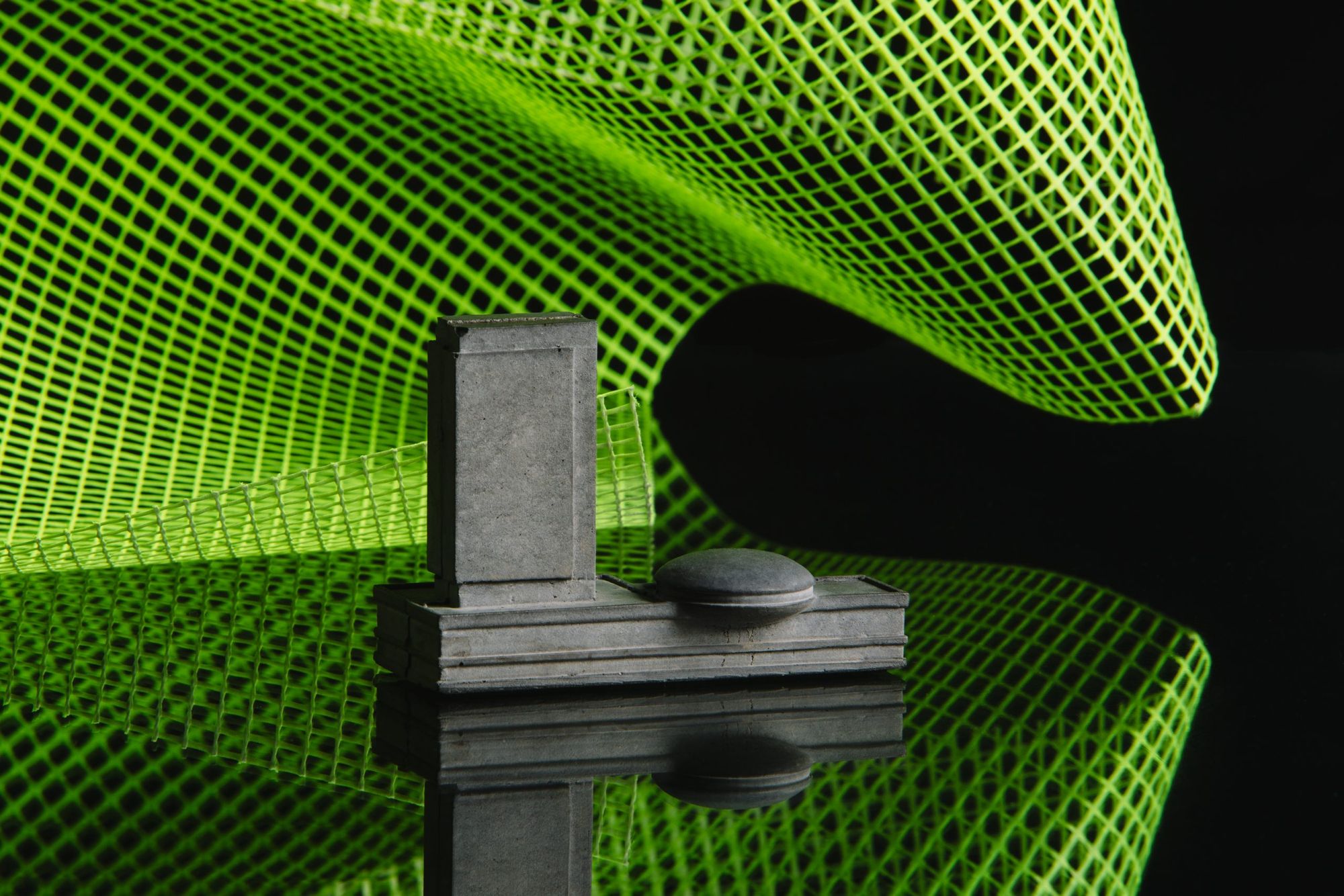In the second episode of our SOC/MOD series, we invite you to take a trip to the Ukrainian capital. Handed over in 1971, the former research institute and library caught the eyes with its expressive form: it was the first curtain wall tower block in Kyiv. And now we made a miniature version of it—go and get your own in our online store!
Written by: Dániel Kovács
Ukraine was the second largest republic in the Soviet Union, and with its two million citizens, Kyiv was its third largest city. This, in itself, already explains why it is so rich in modern memories. The architecture of these buildings primarily follows the Russian and the international visual language: it uses simple, expressive forms, and manifests a strong attraction to brutalist materials and use of space—putting much less emphasis on local folklore and decorative traditions than the Central Asian or Caucasian schools of Soviet modernism.
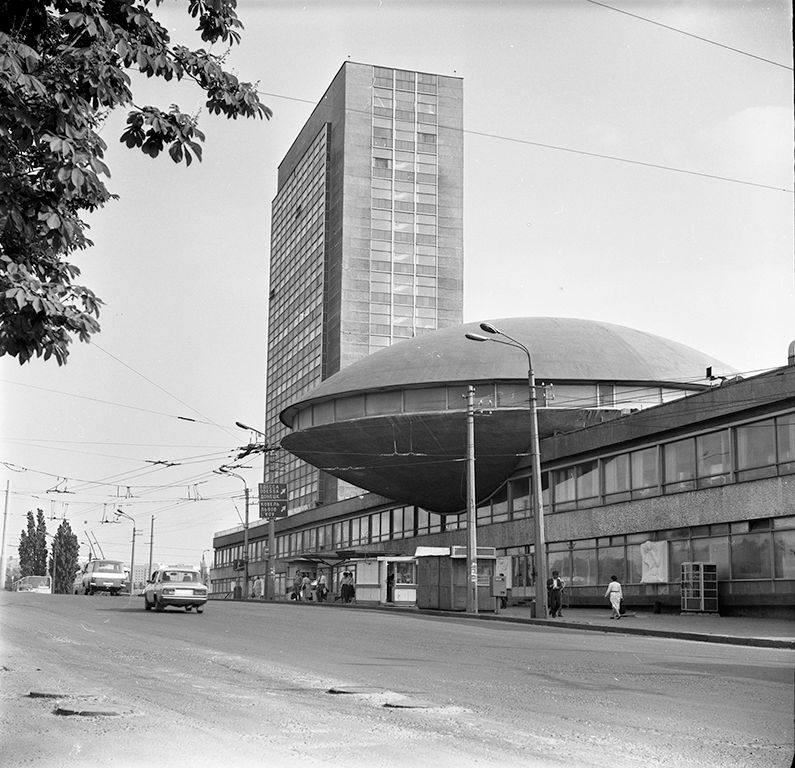
At least this is how Katharina Ritter and Alexandra Wachter sum up the Ukrainian architecture of the era in their catalog “Soviet Modernism 1955-1991”, which continues to be the best scientific summary on the regional architecture of the period despite the fact that it’s been eight years since the “ArchitekturZentrum Wien” exhibition was held. The importance of Ritter and Wachter’s statement is further accentuated by the fact that the recently founded Kharkiv School of Architecture also set the exploration of the Ukrainian architectural identity as its goal—and this process also encompasses how the country is rediscovering its modern heritage nowadays.
The example of the headquarters of the Ukrainian Institute of Scientific, Technical and Economic Information and the State Scientific and Technical Library, erected between 1964 and 1971 based on the designs of Florian Yuryev and Lev Novikov, employees of the Kievproyekt architecture studio, further substantiates the above impressions. (By the way, Kievproyekt’s headquarters shows a surprising resemblance to the famous brutalist building of Boston City Hall, just to cite another Western forerunner.) This was Kyiv’s first curtain wall tower block: the insulated metal-glass cladding of the coherent, flat surfaces independent from the structure posed one of the greatest construction-related challenges for the Eastern Bloc. It was a must-do: if America managed to do it, we can by no means drop behind!
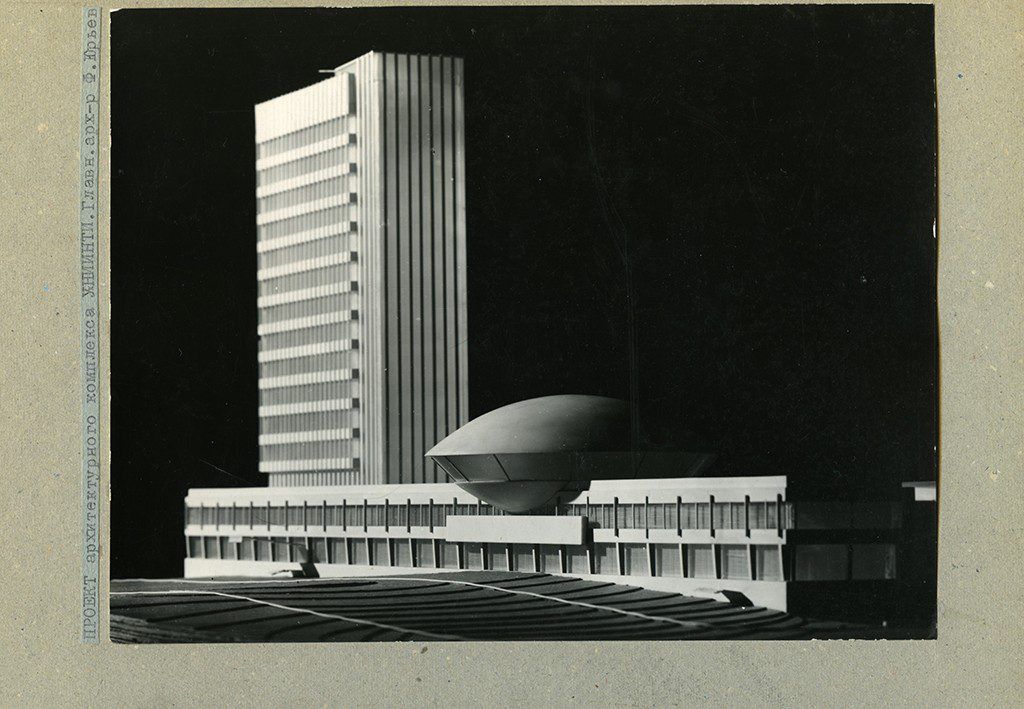
The mass covering 17,000 square meters with a height of 16 stories follows the modern cliché established by the National Congress of Brazil: the tower and the disc housing the conference room with 500 seats sits on a two-story platform. The building, however, does not stand on its own: it forms part of a block also consisting of another structure, and as a result, the platform is aligned to the houses on the street and is surprisingly narrow, while the conference hall placed on top of it “overhangs” at the two sides. This is what gives its unique look: it’s as if this flying saucer, as also called by the locals, only landed here to rest for a minute before launching for its next mission…
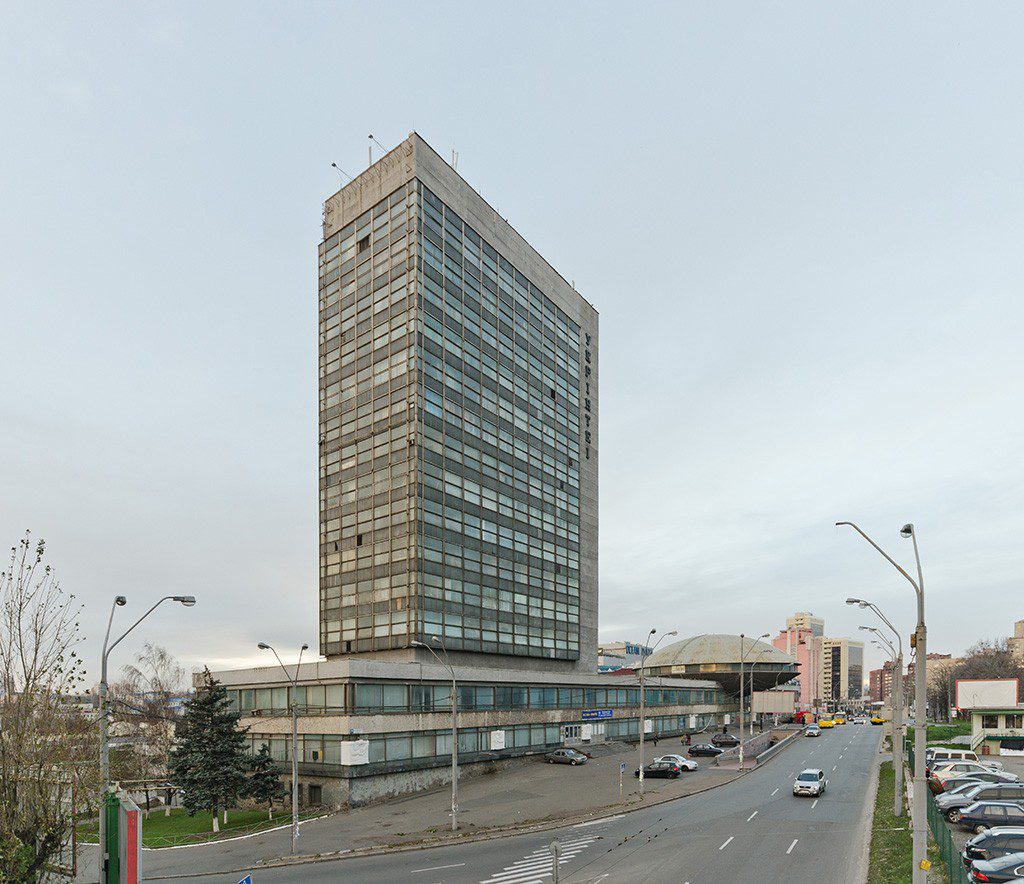
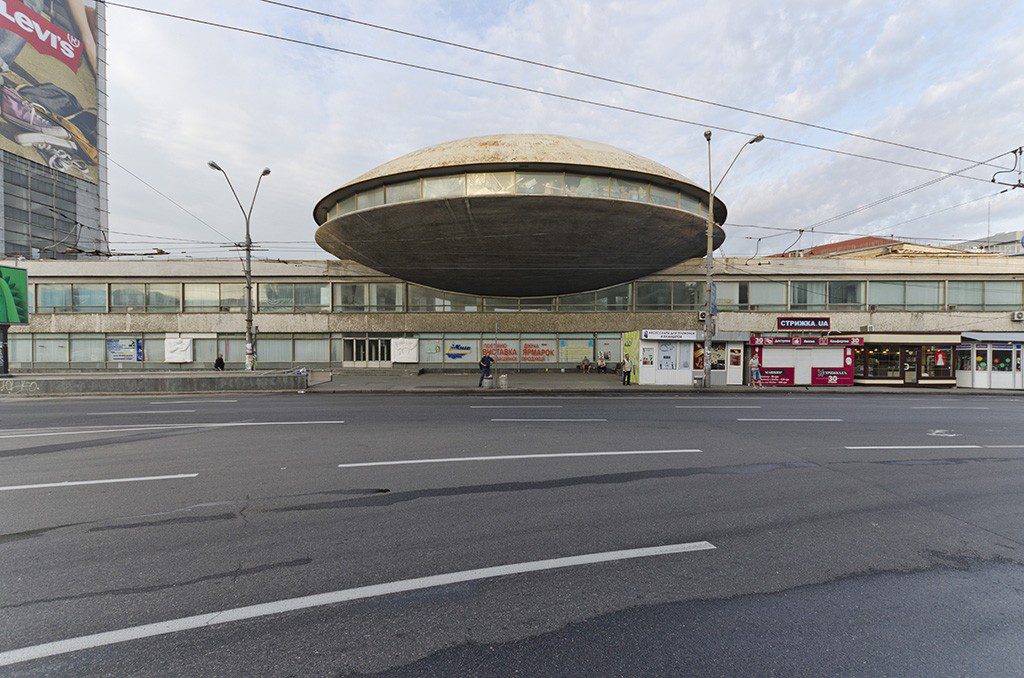
Despite appearances, the building of the institute is more than a simple paraphrase, as its lead architect, Florian Yuryev, is also more than a simple architect: he is a musician, a visual artist, a pedagogue, an art historian and a researcher all in one, who was experimenting with the accord of musical and visual effects and with the idea of a space synthetizing all these at the time. One of his great ideas was the lentil-shaped auditorium, which, with its spherical layout, could have provided a perfect acoustic and visual background to lectures affecting several senses. The concept of the Institute of Information’s auditorium stemmed from this idea actually—with the difference that in this case it was elevated to two-story height due to a lack of space. The interior, however, was not completed in line with the original plans: Yuryev’s color scale was replaced by typical socialist modernist figural murals.
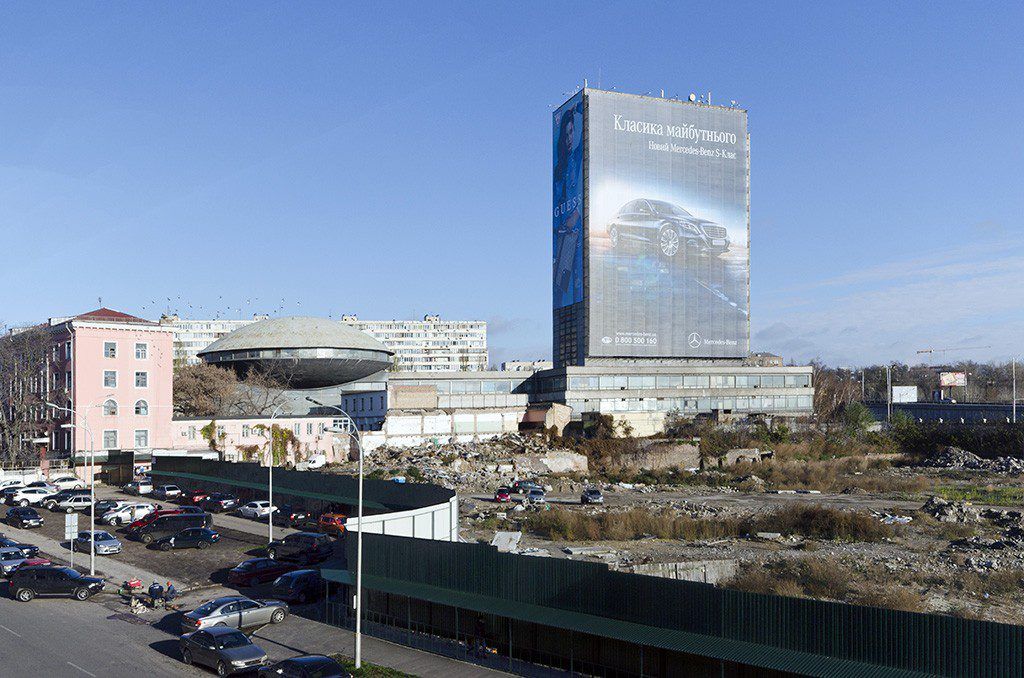
By the 2010s, the building has become derelict and partially vacant since the institution could not afford a renovation. Then the block, which was managed by the state at the time, was rented by the owner of the shopping center erected in the neighboring block, who undertook to do a full renovation. However, many people have expressed their doubts regarding the owner’s intentions after it was revealed that they planned to use a great part of the building to expand the shopping center, while the flying saucer would have been demoted to a simple entrance awning to the church of consumption.
The civil initiative SaveKyivModernism, which also chose the characteristic structure to be its emblem, decided to be the patron of the building and to restore it in strict conformity to the original project. In May 2019, they presented a concept made in collaboration with Yuryev, the original architect, Oleksiy Bykov, an activist of SaveKyivModernism and Slava Balbek, the leader of architecture studio Balbek Bureau that would restore the flying saucer as a concert hall in line with Yuryev’s original idea conceived fifty years ago. In October 2020, they requested that the building be declared a historic monument. No decision has been made about the latter since then, while the shopping center is built at full speed. The events, at least, gave 90-year-old Yuryev the attention his work deserved, and allowed him to express his opinion on the preservation of his building in front of a camera. In Oleksiy Radynski’s short film debuted in 2020 (Колір фасаду: синій / Facade Colour: Blue), he talks about the challenges of the original design and construction process as well as the prospects of the fight for preservation, and a feature film presenting his oeuvre is also already underway.
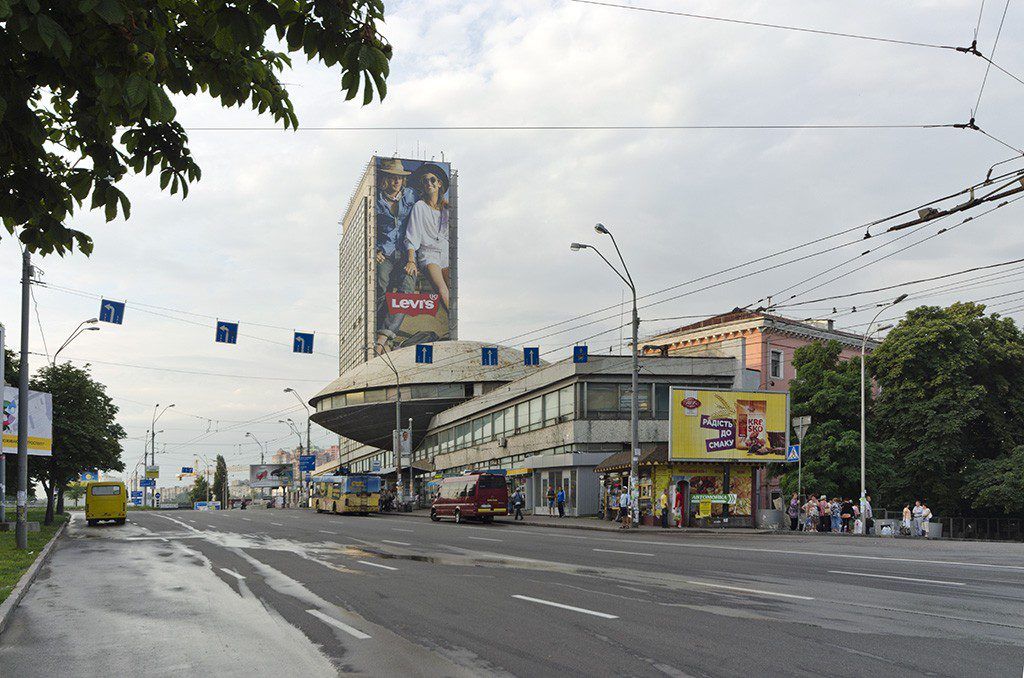
If the Kyiv headquarters stole your heart, now is the time to get your own miniature version of it!
Click here and check it out in our online store!
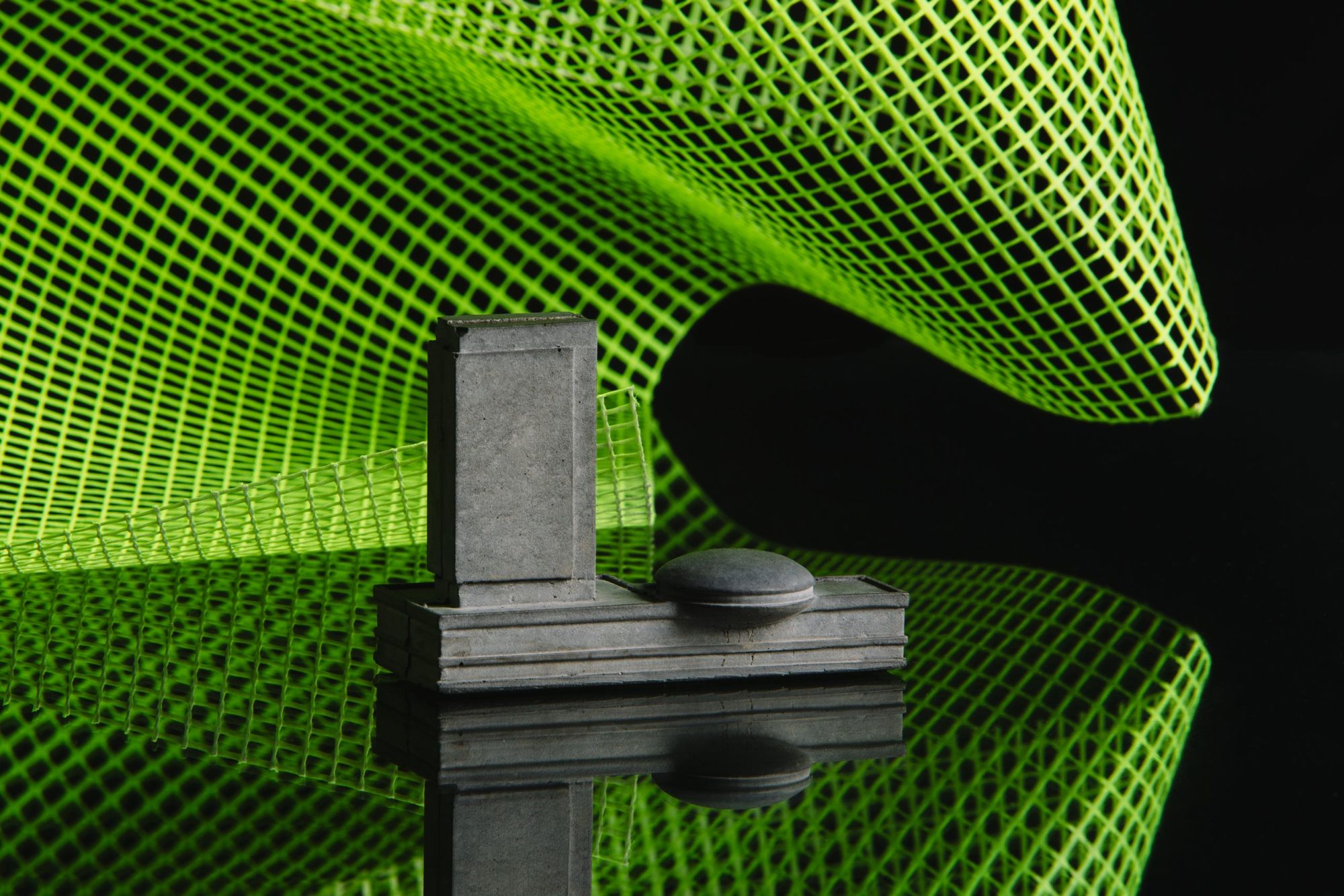

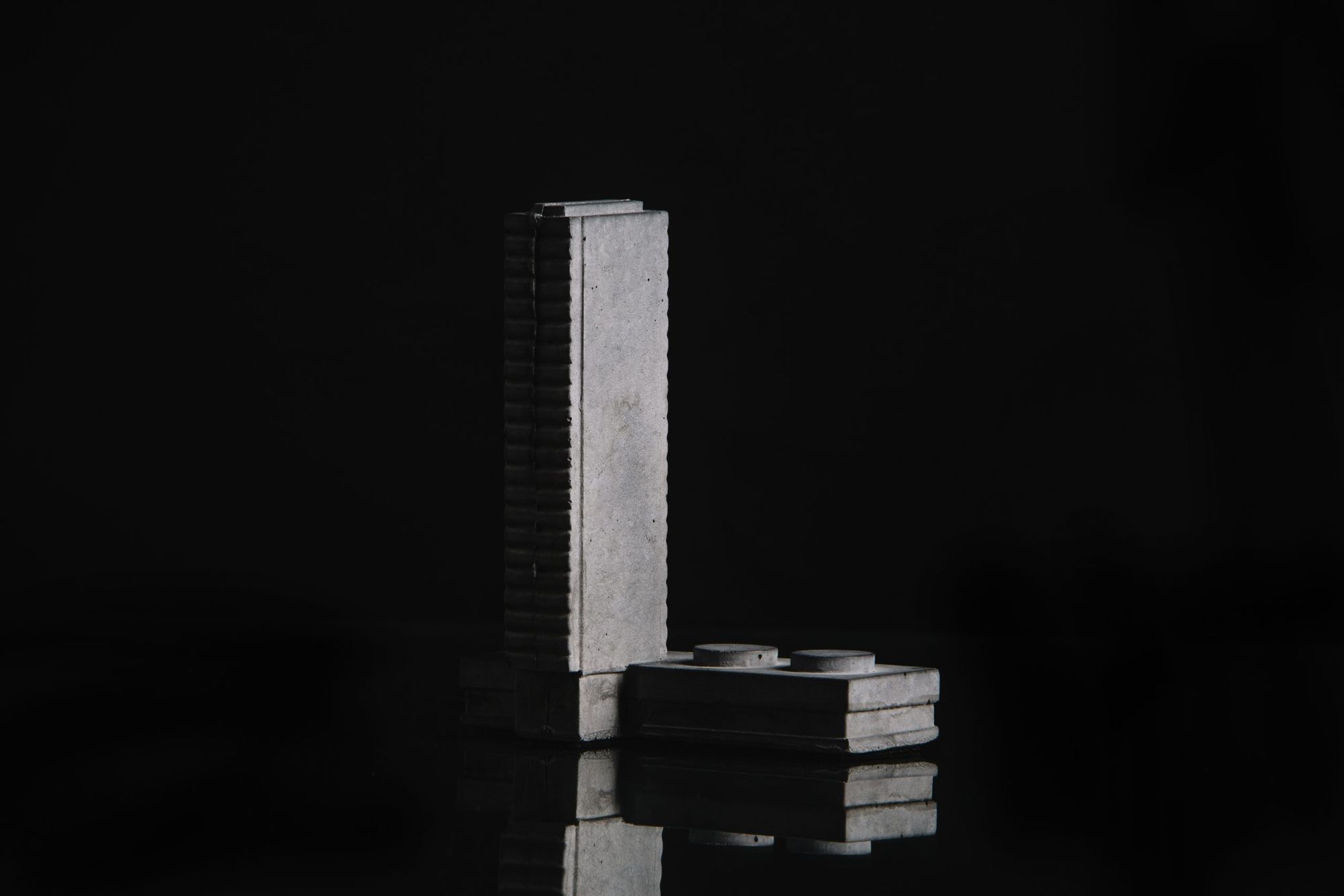

We also have a print featuring the building!
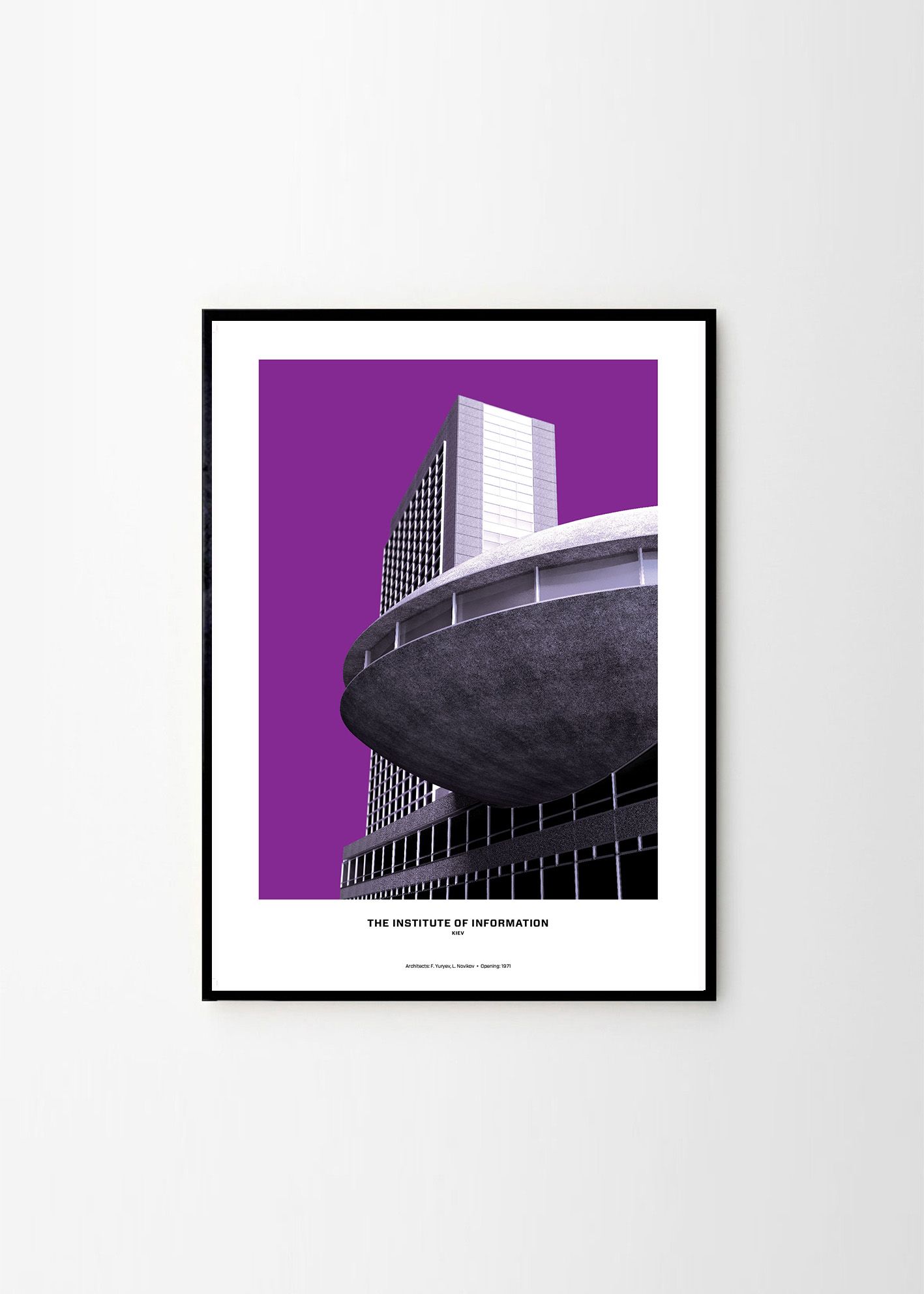
In our custom-designed SOC/MOD collection, we reimagined the iconic buildings of socialist realism from Kyiv through Budapest to Karlovy Vary in the form of concrete deskware items and unique posters. Grab them now in HYPEANDHYPER’s store! Attention: extra limited quantities!
Photos: socialistmodernism.com

Strictly without frills | Balatonic
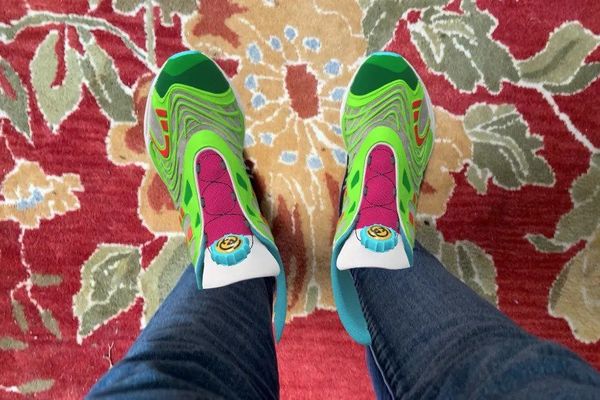
Gucci debuts virtual sneakers










